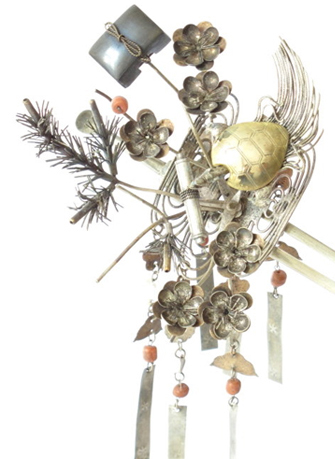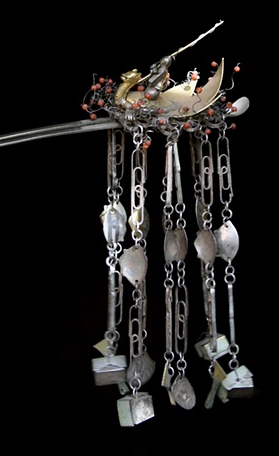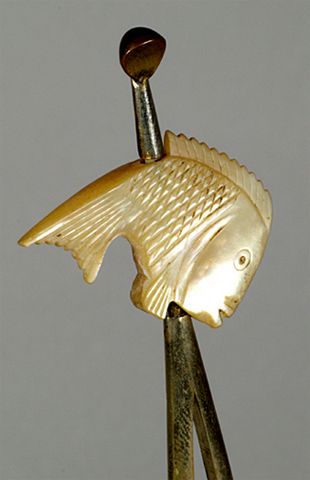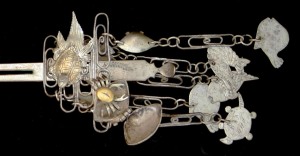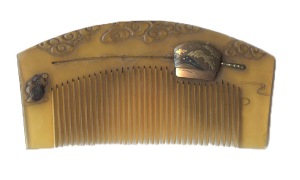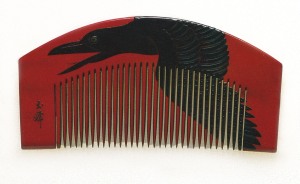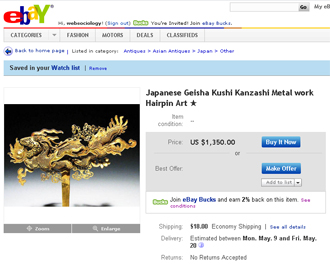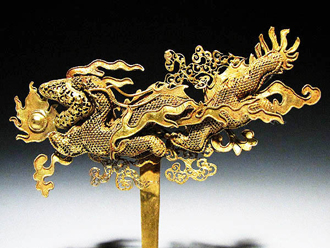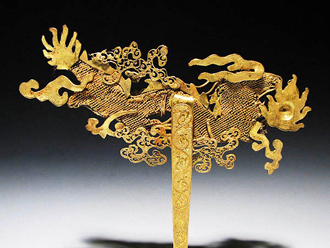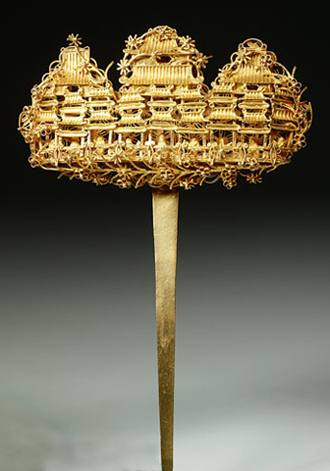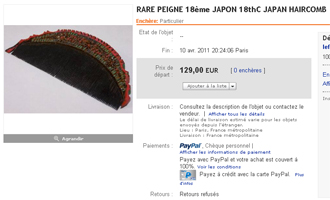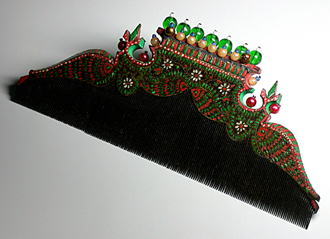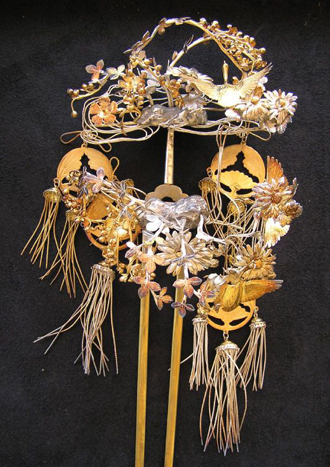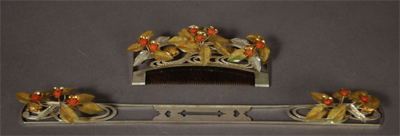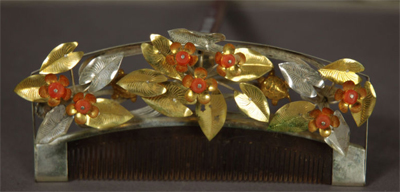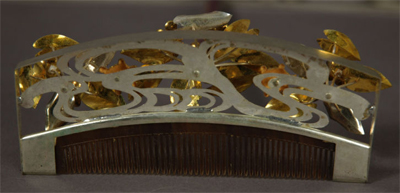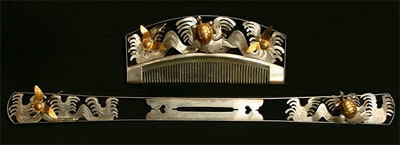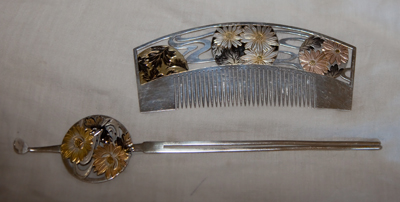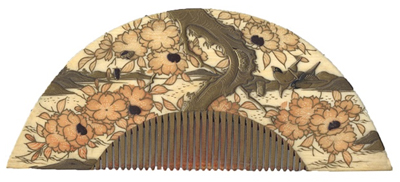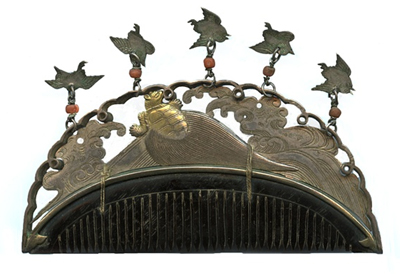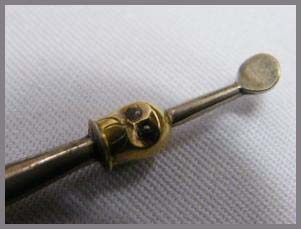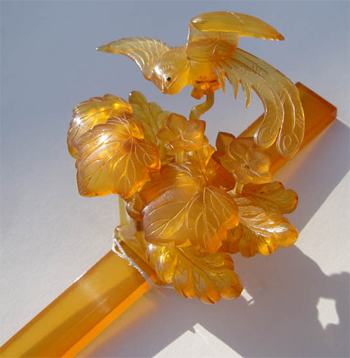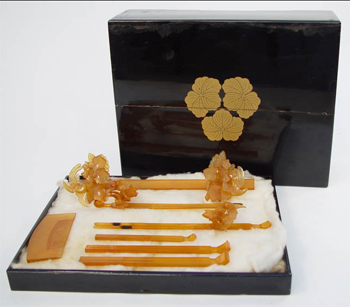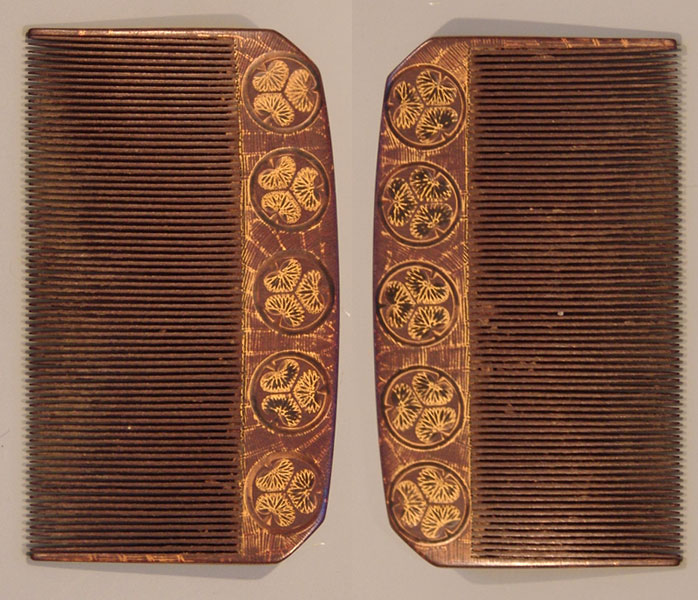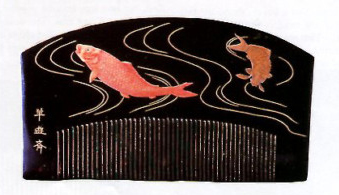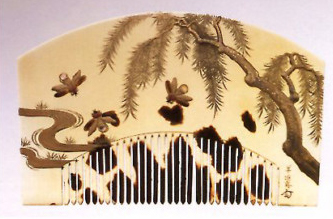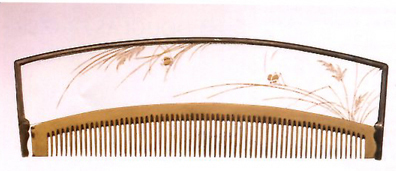Par Creative Museum
Au Japon, deux figures animales associées reviennent très souvent comme motif décoratif. Il s’agit de la grue et de la tortue.
De nombreux kanzashi en sont ornés mais on les retrouve aussi sur les miroirs, les broderies des kimonos ou des ‘fukusa’ (carré de soie pour envelopper un cadeau) et sur beaucoup d’autres accessoires.
La Grue et la Tortue représentent les deux aspects complémentaires et radicalement opposés de l’univers : l’oiseau est le symbole de la liberté dans le ciel et du détachement de l’esprit face aux événements de la vie ; la tortue est le symbole de l’attachement à la terre et de la stabilité du monde.
On peut se demander pourquoi un manteau d’algues est toujours accroché à sa queue. Cela s’explique par une très ancienne légende qui raconte qu’une tortue, Minogamé, vit depuis 10 000 ans au fond des eaux, traînant derrière elle un lourd écheveau d’algues fixé à sa carapace.
Par ailleurs la grue tout comme la tortue vivent très longtemps, De ce fait, elles symbolisent ensemble la longévité et le bonheur et sont donc souvent représentées sur les kanzashi de mariage.
Please see comment #2 for the English translation.





